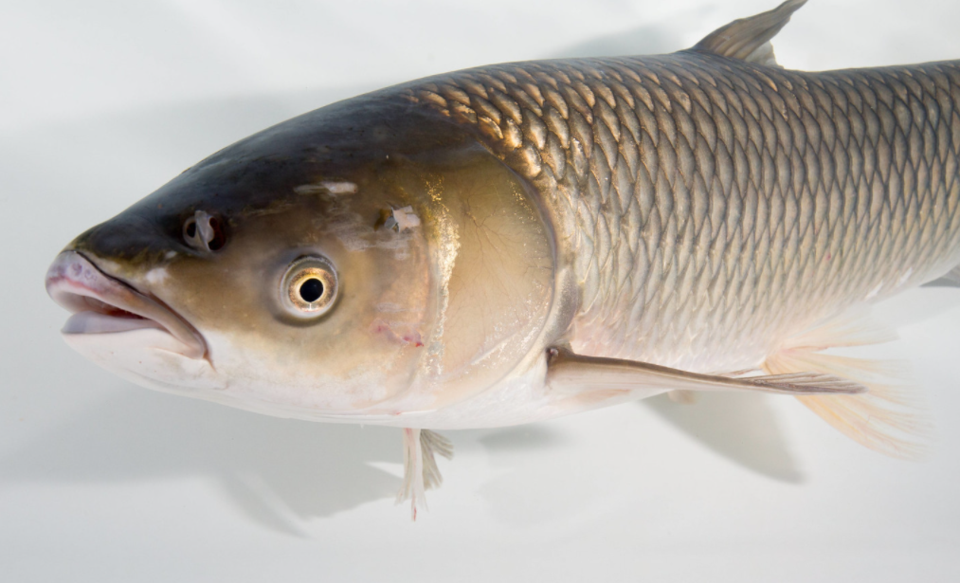SAULT STE. MARIE, Ont. — The Asian Grass Carp has the potential to devastate the Great Lakes both ecologically and economically.
The warning comes from the Invasive Species Centre in Sault Ste. Marie, an agency that works to prevent the spread of invasive species in Ontario.
Last week, it hosted virtual information sessions for anglers, commercial fishermen, boaters and cottagers concerned about the looming threat from the grass carp.
The species feeds on aquatic plants but can also consume detritus, insects, small fish, earthworms and other invertebrates in the absence of vegetation.
It can consume up to 40 per cent of its body weight daily.
The fish was originally brought to North America for aquatic vegetation control.
According to the Invasive Species Centre, because it eats such huge quantities of plant biomass, the grass carp can significantly alter the composition of habitat by reducing food sources, shelter and spawning areas for native fish.
In addition, because it can only digest about half the plant material they consume each day, the remaining material is expelled into the water, enriching it with nutrients that promote the growth of algae blooms.
To date, the fish has been found in isolated instances in Canadian waters in Lakes Ontario, Erie, and Huron, but most have been sterile.
Reproducing populations, however, have been found in two tributaries flowing into the U.S. side of Lake Erie.
Aquatic Invasive Species Specialist Rebecca Schroeder said Lake Superior is at risk, possibly through the transfer of baitfish.
Superior's habitat is considered less suitable for grass carp than other parts of the Great Lakes such as the weedy wetlands that abound around Lake Erie.
But Schroeder said the biggest of the Great Lakes is still under threat, especially because of the looming impact of climate change.
"We could see grass carp surviving there," she said.
She said that "just 10 grass carp per hectare would reduce aquatic vegetation by up to 50 per cent, which is a really big threat to wetlands in the Great Lakes. This could also have ecological and economic impacts."
Schroeder noted that the survival of many birds and fish species depends on wetlands.
The Invasive Species Centre wants people to know how to identify and report sightings of the grass carp.
There are three key ways:
- its eyes are placed in the middle of the head
- it does not have barbels – whisker-like sensory organs – near the mouth
- its dorsal fin is short and narrow
Anyone who believes they have caught a grass carp is asked to keep it, take a photo and report it to the Invasive Species Hotline at 1-800-563-7711.
More information is available on the Invasive Species Centre's website.



